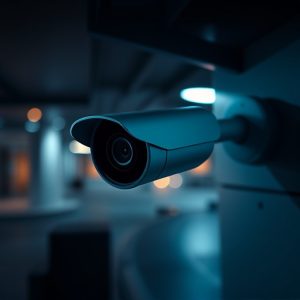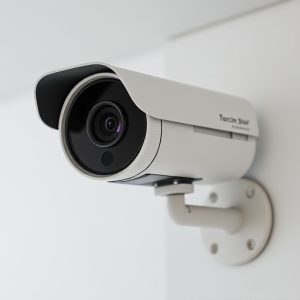Mastering Hidden Camera Indoor DVR Systems: A Comprehensive Guide
Exploring the multifaceted role of surveillance in modern security protocols, this article delves i…….
Exploring the multifaceted role of surveillance in modern security protocols, this article delves into the benefits and technicalities of hidden cameras with built-in DVRs. From understanding their covert capabilities to mastering installation for comprehensive coverage, we navigate the intricacies of these devices. Additionally, we address critical legal considerations to ensure responsible use within various settings. Discover how a hidden camera with a built-in DVR can serve as your silent guardian, offering peace of mind without compromising aesthetics or privacy.
Unveiling the Stealthy Sentinel: The Advantages of Hidden Cameras with Built-In DVRs
Hidden cameras with built-in DVRs offer a superior solution for monitoring indoor environments with a covert approach. These devices blend seamlessly into their surroundings, ensuring they remain unnoticed by intruders or unwanted visitors. The integrated DVR functionality eliminates the need for additional recording equipment, streamlining the process of capturing and storing footage directly on the camera itself. This feature not only simplifies the installation process but also reduces the risk of tampering with external storage units. With no cables or extra components to give away their presence, these hidden cameras provide businesses and homeowners with a discreet layer of security, capturing high-resolution video footage around the clock. The built-in DVRs often come with large capacity memory cards or are designed to connect directly to a computer or network storage for easy review and retrieval of video files. This technology is particularly beneficial in sensitive areas where visible cameras could be disabled or removed, compromising safety and security. With the ability to remotely access and monitor live footage from any location via an internet connection, these hidden cameras with built-in DVRs are a formidable tool against theft, vandalism, and other unauthorized activities indoors.
Technical Specifications: Understanding the Features and Capabilities of Hidden Camera Systems
When integrating a hidden camera with a built-in DVR into your home or business security system, it’s crucial to understand the technical specifications that define the features and capabilities of these covert devices. These systems are designed to offer discreet surveillance, capturing vital footage without drawing attention to the camera itself. A key aspect to consider is the resolution of the video; high-definition recording ensures that the captured footage is clear and detailed, aiding in the identification of individuals or monitoring activities within the monitored space. Additionally, the quality of the built-in DVR affects how efficiently the footage can be stored, retrieved, and reviewed. Opt for a system with ample storage capacity to accommodate continuous recording without compromising on video quality. The DVR should also support easy playback, allowing users to review recordings directly from the device, often with time-stamped evidence that can be invaluable in various situations. Furthermore, features like motion detection and real-time alerts enhance the functionality of hidden camera systems by notifying you of activity, conserving storage space, and focusing on relevant events as they occur. Infrared capabilities are another significant feature for round-the-clock surveillance, ensuring that even in low-light conditions, the cameras can capture crisp images without giving away their presence. With these technical specifications in mind, users can select a hidden camera with a built-in DVR that fits their specific security needs and provides reliable, high-quality surveillance for their property.
Installation Essentials: Strategic Placement for Optimal Coverage and Data Security
When installing a hidden camera with built-in DVR, strategic placement is paramount for achieving optimal coverage and ensuring data security. The first step in this process involves identifying key areas within your space that require monitoring. Optimal locations typically include entry points, common areas, and any place of high value or sensitivity. Ensure these cameras are positioned to capture a wide field of view without overlooking blind spots. Cameras should be placed at heights where they cannot easily be reached or tampered with, and angled to avoid capturing unnecessary privacy-sensitive areas.
In terms of data security, it’s crucial to safeguard the footage captured by your hidden camera with built-in DVR system. This can be achieved by securing the DVR with a strong password and placing it in a discreet location that is not accessible to unauthorized individuals. Additionally, consider using encrypted storage solutions to protect the recorded video from being compromised. Regularly updating the firmware of your camera and DVR can also help mitigate vulnerabilities. By carefully considering placement and implementing robust security measures, you can create a comprehensive surveillance system that provides both extensive coverage and peace of mind regarding the safety of your data.


